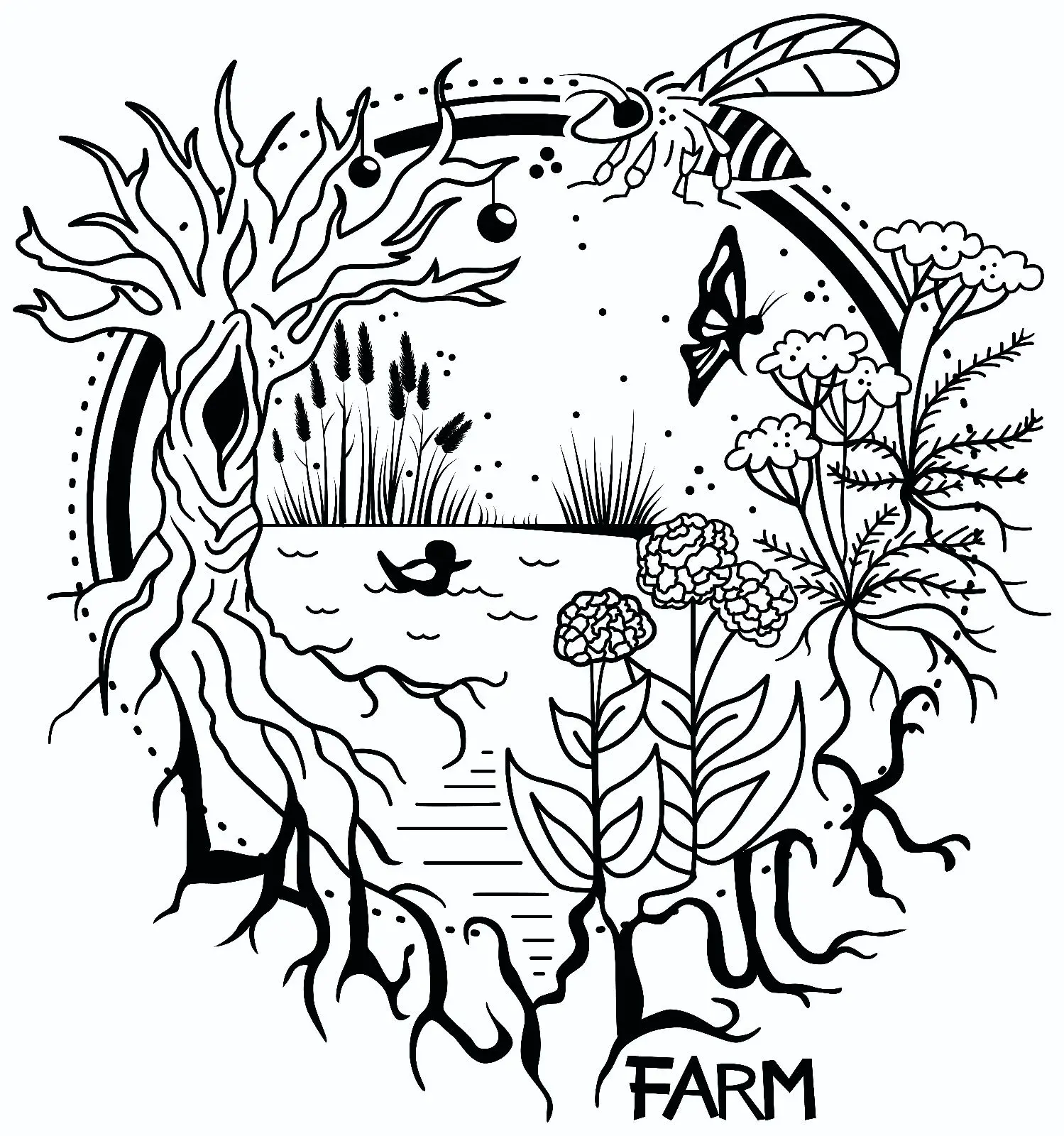We’ve seen a number of small insects visiting this member of Anthemideae and I managed to get a picture of just a fraction of the diversity. It’s an important reminder of the value of plants that flower late into the season.
I wish I could be more specific in naming the plant but it was given to me by someone who had the ID wrong. It’s great to swap plants with folks but if you’re unsure of their accuracy it’s worth potting up their gift until you can observe further identifying characteristics. This one will definitely be planted this fall.
That one that looks like a bee, is actually a hover fly. They’re super curious, and will even land on you if you don’t try to hurt them. Once they ascertain that you’re safe, they’ll hover around you, observing your actions. They can hover in one place, much like a hummingbird. They are loud, and when they’re close enough to the ground, the downdraft their wings produce will be visible as debris is pushed about.
Excellent observation! There are a number of members in Syrphideae and we’re lucky enough to have a few that we’ve been able to identify. They aren’t just pollinators though, they’re an integral part of any Integrated Pest Management plan in regions where they’re native, as they are voracious predators in their larval stages.
I didn’t know about that part! Cool!
It’s always the ones you least expect
The green one looks quite like Lucilia sericata, which is a blowfly but they do eat pollen.
I believe you’re correct. I’ve observed them shaking pollen loose from some of our plants when landing, and have had an enjoyable time watching bald faced hornets pick them off of others.



